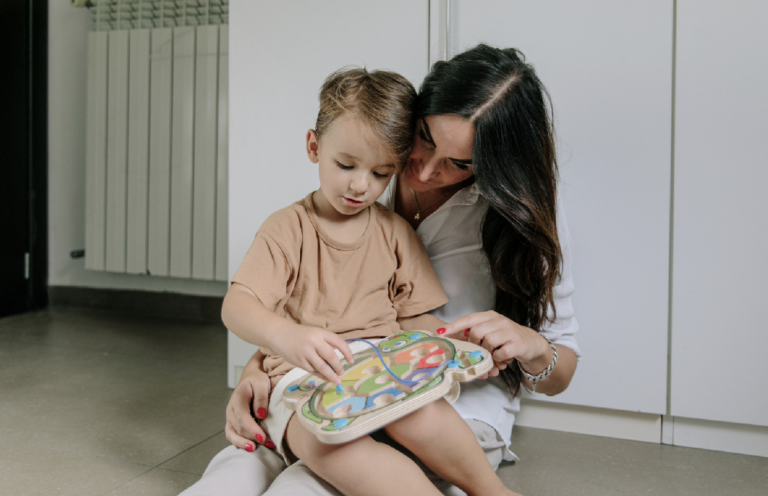The Family Law Co. team attended important training about Coercive Control in Family Law matters, today (me from home on maternity leave with my two little friends). This training was part 1 of a 6-part series put on by Smokeball – Legal Software, FamilyProperty, Fiona Kirkman, and the Safe & Together Institute.
5 key takeaways from this morning’s seminar:
1. Taking a Perpetrator Pattern Based Approach to Family Violence / Coercive Control means identifying the perpetrator’s decisions / behaviors, and the harm caused by them.
2. Perpetrators of Coercive Control design their behavior to impact the day-to-day functioning of others. As practitioners / FDRPs, we need to ask ourselves “how is the victim / child’s life different due to the perpetrator’s actions?” and “how has the perpetrator’s actions forced a deviation in the victim/child’s behavior?”
3. Coercive Control often does not disappear post – relationship. Threats, intimidation, entrapment, blackmail, and gaslighting will usually continue (or even become more frequent) after the relationship has ended. Some further examples include: denying coercive & controlling behavior despite solid evidence to suggest it has occurred, making complaints about professionals involved in the family law process – e.g. Family Dispute Practitioners, Lawyers, Barristers, Report Writers, and Judges – who express an opinion which is not in the perpetrator’s favor and / or lying about the other parties’ mental health to expose them to unwarranted scrutiny.
4. Those perpetrating coercive control will hurt others (including their children) in order to “get back” at their former spouse or “teach them as lesson”. What does this look like? Physical harm, asking children to “spy” on the other parent, asking children to share confidential information about the other parent, causing a scene at children’s extra-curricular events in order to embarrass a child or the other parent, “kidnapping” the child / children in order to hurt the other parent.
5. As practitioners / FDRPs, we need to assess family violence without assumptions being made based on gender, sexuality, demographic, socio-economic status, etc. Every parent needs to be assessed based on their behaviors and the impact on the victim / child’s day to day life.
To speak to one of our Family Law Solicitors to find out if Mediation or Collaborative Practice is right for you and your situation, contact the team here.

Understanding De Facto Relationships Under the Family Law Act
When it comes to family law matters in Australia, the definition of a de facto relationship is not always as straightforward as it may seem.


